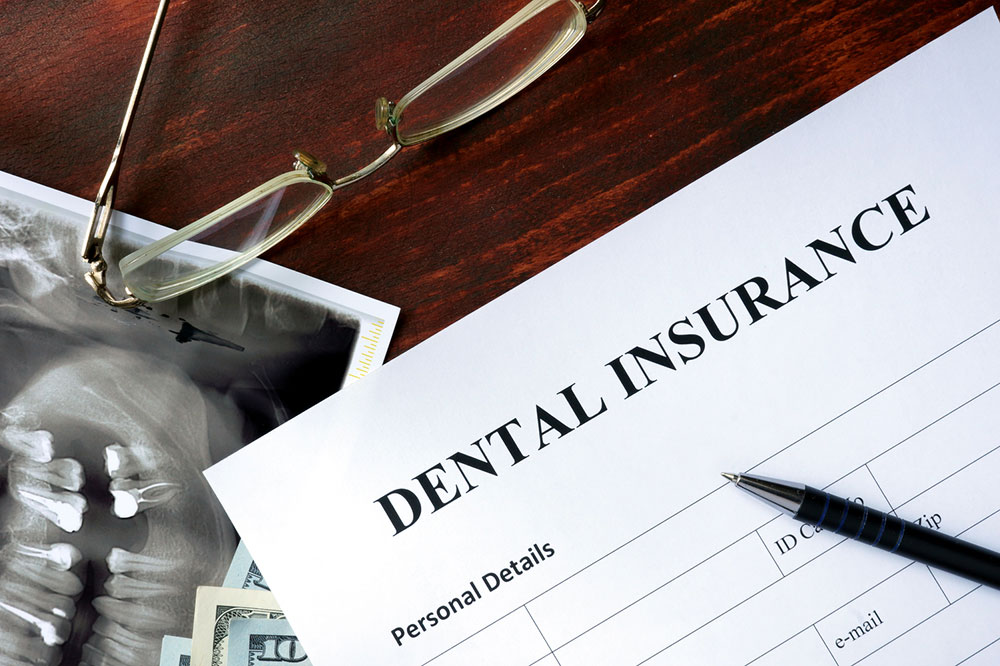
Understand the ins and outs of dental insurance
Dental insurance, which is also known as a dental plan, is similar to health insurance, which is primarily designed to pay a portion of the costs associated with your dental care. According to the National Association of Dental Plans, most Americans opt for dental insurance. A lot of these are primarily private coverage, usually from an employer or group program. Based on the plan you buy, it can be categorized into individual, family, or group dental insurance plans.
Types
Here’s a breakdown of the most common types of dental insurance plans.
- Preferred Provider Organization (PPO)
PPO or Preferred Provider Organization is a dental plan that primarily uses a network of dentists. These dentists already have agreed to provide dental services for set fees under the dental insurance program. The number of dental services covered depends on the plan you choose. You will most likely have an out-of-pocket expense if you see a dentist out of the network of your PPO plan. - Dental Health Maintenance Organization (DHMO)
Dental Health Maintenance Organization is similar to your HMO or Health Maintenance Organization. In these types of plans, the network dentists are paid a set fee every month to provide covered dental services. They get paid whether you see the dentist or not. Some of the services that are covered services come at no cost to you. On the other hand, some of the services require a co-payment on your part. - Discount or Referral Dental Plans
These are discount or referral dental insurance plans sold by the insurance companies having contracts with a group of dentists. Under such plans, the network dentists agree to discount their dental fees. Under this specific dental insurance plan, discounts are applied to all services, including cosmetic ones. As the plan name mentions, discount or referral dental plans do not pay for any services received. Instead, you need to pay for treatment, but a reduced rate is determined by the plan. - Indemnity Dental Insurance Plan
Under indemnity dental plans, your insurance company pays the dentist a percentage of the cost of services with certain restrictions. Some of these restrictions are likely to include the co-payment requirements, waiting period, stated deductible and annual limitations.
Coverage
Dental insurance coverage can differ along with the plan you buy. Though, the most commonly designed coverages can be grouped into the following categories.
- Direct reimbursement programs: In this type of coverage system, you need to pay a predetermined percentage of the total amount required to pay for your dental care, regardless of the treatment category.
- Usual, customary, and reasonable(UCR) programs: This system allows you to go to the dentist of your choice. A pre-decided amount of dentist’s portion of the fee is paid by these type of plans.
- Table or schedule of allowance programs: This type of plan determines a list of covered services with an assigned dollar amount regardless of the fee charged by the dentist.
- Capitation programs: This type of plan pays a fixed amount on set intervals to the contracted dentists based on the members enrolled under a particular plan. The dentists agree to provide specific types of treatment to the patients at no charge or based on co-payment facility.
Exclusions
Most dental insurance policies do not cover any costs for cosmetic procedures. These include teeth whitening, tooth shaping, veneers, and gum contouring. Certain policies cover braces with an additional payout or a lengthy waiting period.
Costs
An average dental insurance premium usually costs between $15 and $50, a month. However, it varies or increases based on the plan and insurance company you are opting for.
Best providers
Some of the best names in dental insurance include Cigna, Renaissance Dental, Spirit Dental, Humana Dental Insurance, United HealthOne Dental Insurance, Physician Mutual and Delta Dental.
If you are planning to buy dental insurance, always compare offers before deciding. Look for facilities such as dentist network, annual cost, out-of-pocket expenses, and limitations in detail.




